Every Shopify store owner is excited about their app going live. It’s like the next big step to taking your online business to a new level so there’s every reason to be.
You’ve spent a lot of time, effort, and money to get your Shopify store mobile app up and live. However, gone are the days when simply creating an app was enough to make it visible, known, and starting to generate revenue from it. You must consistently bring the app in front of your customers and store visitors at the right time and in a way that keeps engaging them constantly.
The first 90 days after the Shopify store mobile app goes live are the most critical; this is where our App Success journey comes into effect.
Our app success journey is built with the know-how our top customers have deployed and tested in the field. Our users who have completed this journey have experienced 5x growth in sales through their app. You can see some of our success stories here.
In this introductory article, we will take you through the tactics and strategies that have helped our customers start the journey that has led them to drive more than 50,000 downloads per month and generate more than $200,000 of revenue through their Shopify store mobile app.
Every Shopify store owner now thinks about two things once their app goes live:
- How do I drive more app installs and downloads?
- How do I keep my users engaged?
Well, here’s the sample framework we use as the core of all the Shopify store mobile apps made using Plobal Apps.
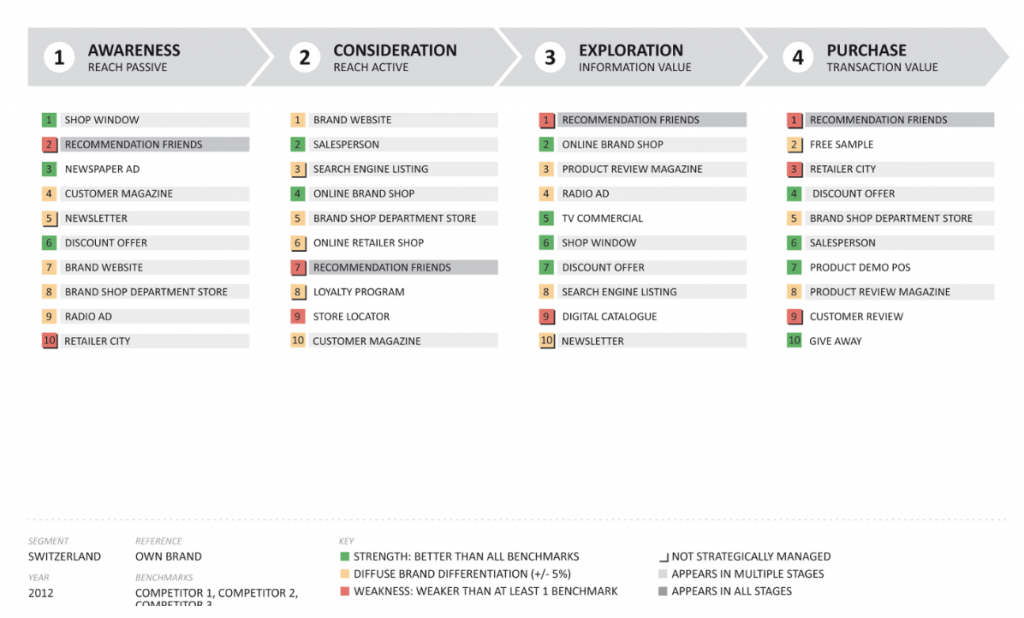
Yes, it does look like a lot. But it isn’t if you’re following a systematic and strategic approach.
However, before we deconstruct this journey into simple steps, it is essential to understand that these tactics vary depending on whether you are a new Shopify store or an established one.
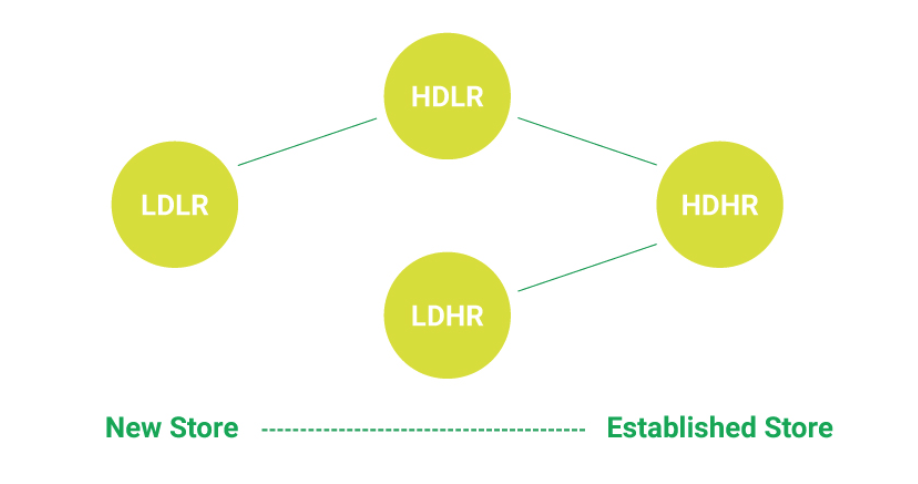
The image above shows how we segment our apps based on a variety of factors that are distilled into two core metrics:
- Downloads or installs
- Revenue or sales
A new Shopify store would typically be classified as ‘Low Downloads and Low Revenue’ (LDLR). An established store might be in the ballpark of ‘High Downloads and High Revenue’ (HDHR).
The image below highlights the factors that need to be in place to get started with promoting your app and getting installs. Irrespective of whether you’re a new or established store, you will first need to create awareness and work your way up to acquiring the customer and getting a referral.
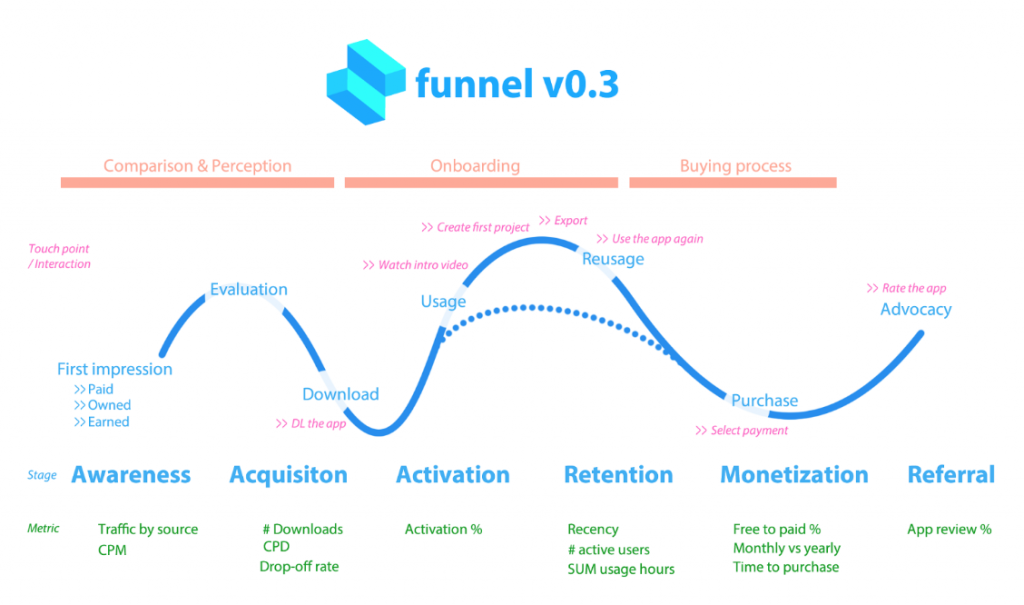
But the success of your app depends on how soon you’re able to move along this funnel. So we’ll discuss some of the tactics and strategies we tested out over time and those that have been successful.
Acquiring users for your Shopify store mobile app
Once the app is live, the first and foremost question that the app owner is thinking about is – “How to get people to use the app?”
Irrespective of whether you are a new or established store, our customers’ most prominent question is about paid efforts vs. organic ones to drive app installs.
But the choice between paid and organic downloads isn’t an either/or. It’s advisable to take the best of both tactics and run campaigns simultaneously to create an effective marketing strategy.
A study by TUNE states that every paid app install drives 1.5X organic installs.
While organic installs and traffic are always preferable, it requires time. The results typically start showing within a few months from the launch of your app. But the good thing about them is that these installs build permanent traffic with relevant audiences that reflect a steady buying pattern and show more stickiness to your brand.
On the other hand, ads are a great way to attract instant downloads and show rapid growth. This is especially useful for new stores because they must establish their market quickly. These include running ad campaigns on Facebook, Instagram, and other platforms based on where your target audience is. Like this ad here:

On the flip side, they are expensive, and after the initial surge of downloads, it could taper down to a plateau. After a certain point, your expenditure will bear minimal results, and the cost per installation will be very high.
So look out for over-dependence on paid efforts to avoid the gap of disappointment.
While you would see the initial boost in downloads, within about two months, your downloads graph starts to become flat with the exact cost per download. In the next couple of months, you will notice that your app installs are on a steady downward slope, irrespective of your ad budget. The gap between organic and paid efforts is maximum at this point, leading to disappointment.
It is advisable to keep this gap to a minimum by investing more in organic efforts than paid at the outset of your app growth.
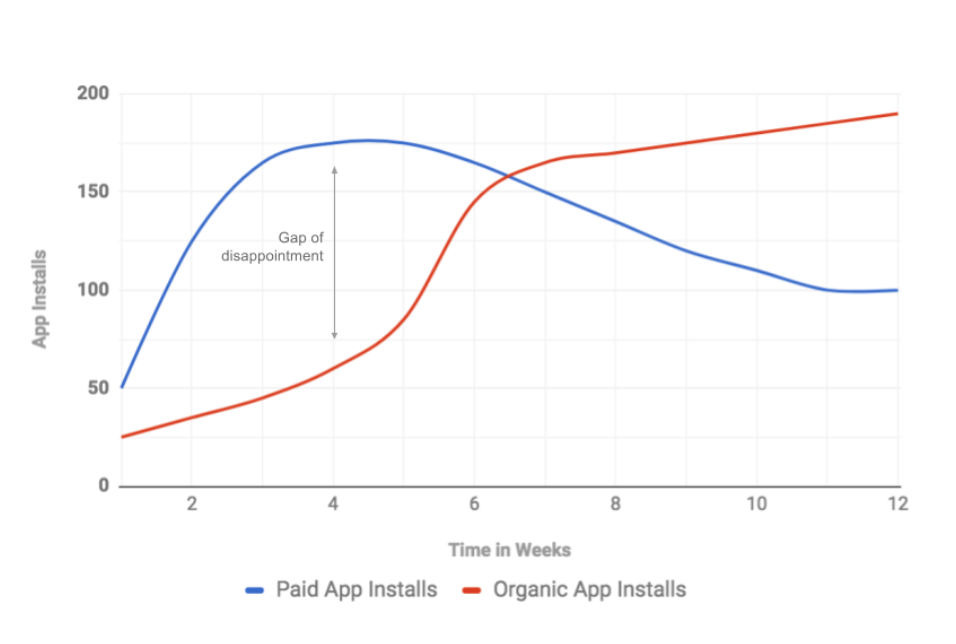
PART 1
At the onset, a new store would also have low downloads and possibly low revenue from the app. Assuming you are actively working on your new web store to induce traffic and customers, here are the top things you can do to start acquiring app users:
- Become active on social media about your products and offers. This, combined with a paid engagement campaign, can boost your likes and followers and expand your reach, which you can use to promote your app installs.
- Redirect your website traffic toward app stores. Placing an intelligent banner at the top of your Shopify store containing the links to your apps is a great way to nudge your desktop and mobile site traffic to download your app. After all, isn’t it always a great idea to start with your existing customers?
- Showcase your app on the feature slider. Most eCommerce websites have a feature slider on the homepage, displaying ongoing discounts and sales. While you’re announcing these, we recommend you also dedicate a slide to promoting your app. Since this makes your app visible across all the pages, it will constantly nudge your site visitors to download the app.
- Add links in email signatures. You’re already emailing your customers, letting them know about the ongoing sales. Why not also subtly introduce your app to them? Add links to your app in all the automated emails – from sign-up mail to order confirmation and shipping information emails.
- Email your existing customers to download the app. Email converts better than any other marketing channel, and marketers experience a median ROI of 122%. We recommend creating a dedicated email campaign for customers to promote downloads. Including a download offer and incentivizing your audience also helps improve conversions here.
PART 2
An established store still has to work hard to get app users but can get installs and downloads much faster than a new store. Substantial web traffic and experience with marketing help them create and deploy tactics more quickly. If you haven’t already, you should execute the abovementioned tactics.
But once you’re done with those, here’s the next set of things our framework recommends:
- Paid ads to drive app installs. Facebook and Instagram are two platforms that are indispensable when it comes to driving app installs. Apart from this, you can also run Universal App campaigns from Google.
- Use QR codes. QR codes are a great way to drive offline customers to app users. Attach tags to the products you sell with a download offer and a QR code that they can scan to reach your app.
- App store optimization. Though this is not limited to established stores, it is better approached when you’ve had some experience with marketing. ASO ensures that your app is found during the app store searches and that your app images and description text are optimized for total searches.
- Advertising on in-app ad networks. These ads are shown on supported apps or apps with a similar target audience as yours.
Read more on how these tactics and other simple efforts helped Sniper Gang get 30k app installs in less than four months. (Case study)
Once you have a steady influx of app installs, it’s time to start thinking about ways to keep these users on your app and have them returning for more.
In this next phase, we cover tactics and strategies that would pull your users to your brand in a practical yet not-so-pushy manner!
Engaging your Shopify store mobile app users
The ultimate test for any retail app’s success is getting a purchase through the app. At this point, you now have a steady stream of app installs, and users are now using the app actively. App owners at this stage should start thinking about ways to engage these users in a way that ultimately leads to them making a purchase.
With substantial downloads in place, your web store is now established with a brand presence. You currently have customers who resonate with your brand and find value in what you sell through the store.
Always remember that your customers engage with your app because it brings them value and makes their life easier. An app that sticks is the one that delights its users and surpasses their expectations.
These engagement strategies are designed to convert your visitors into app users and existing app users into returning customers. After all, returning customers are likely to spend 50% more on every purchase and are 50% more likely to try new products.
Here are the top 4 strategies for engaging your users on the app:
1. Create a mobile-specific product collection
This is a great way to get some exclusivity to the app. Email and social media campaigns to generate awareness for users who are not on the app. For people already on the app, banners are a great way to inform them about these collections.
2. Targeted push notifications
Few app owners realize the true potential of this messaging channel. While generic notifications are ignored and create a bad user experience, a recent Retail Touchpoints survey shows 60% of users buy from stores that send push notifications, and 66% of these are unplanned purchases.
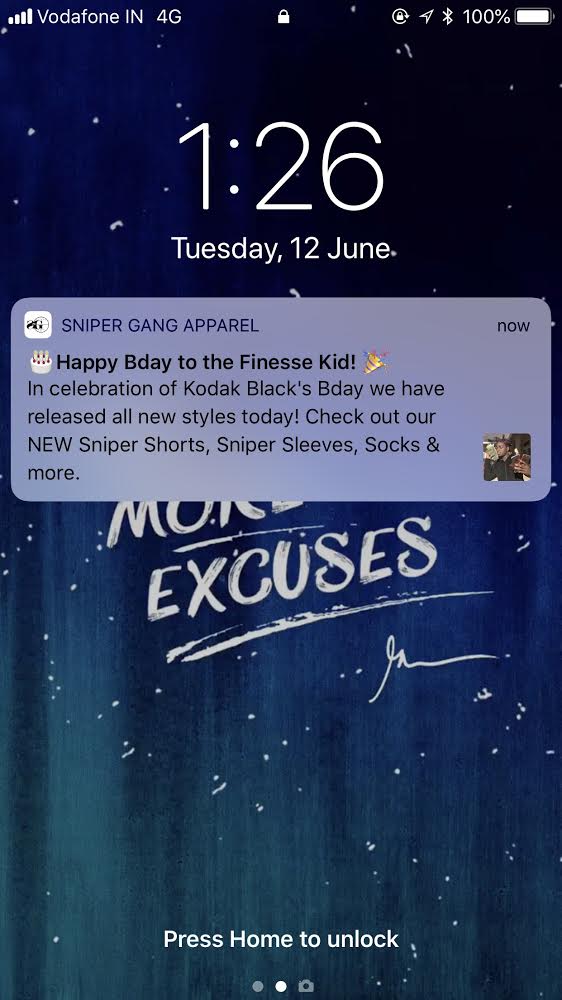
With the right insights from your store’s data, push notifications can reduce your cart abandonment rates and exponentially increase conversions.
Here is how you can segment your users using our advanced analytics:
- App users who added products to the cart but did not check out
- Users who favorited products but did not add them to the cart
- Find the top 3 searched products and then build a segment of users who have viewed those products
- Find the top searches on your app and then make a part of users who viewed products matching those searches
- Users who have not launched the app in 15 days or more
- Users who have removed products from the cart
- You can then use push notifications to target each of these segments with specific offers that are conversion oriented.
For a complete guide on push notifications, don’t forget to check out this guide: How to bag more sales with push notifications.
3. Weave contextual events into your campaigns
Throughout the year, people celebrate different events. It is a great idea to keep track of these and find the relevance between these events and your store products. You can then leverage the timing of these events to promote specific products through the app. Just like those Christmas gift ideas that stores send you!
4. Use deep links
Deep links are device agnostic and a great way to get users on the app and build engagement. Deep connections, when opened on a mobile device with the app installed, would open the app. When these links are opened on a mobile device without the app, it simply takes users to the app page on app stores for users to download the app. The deep links open the web store when opened on a notebook or a desktop.
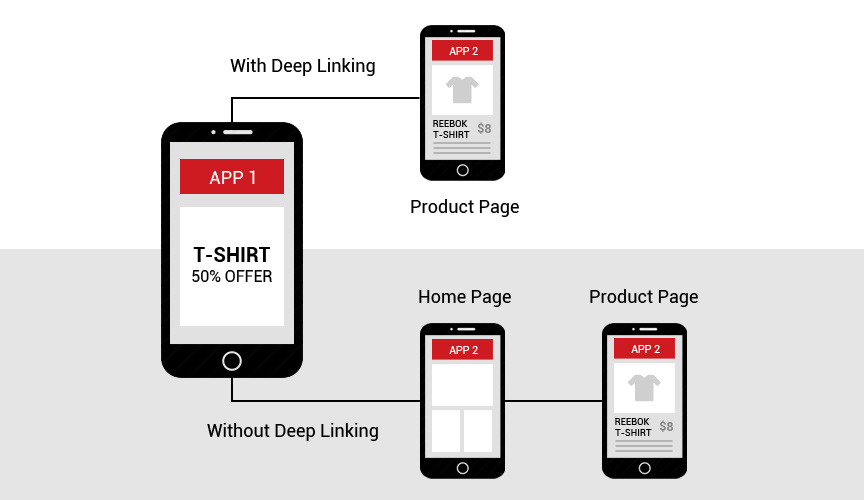
While running promotions through social media and email campaigns, app owners should use deep links wherever possible. This helps bind multiple channels into a simple movement and creates a beautiful experience for your app users.
Optimizing campaigns and customer delight
If you have read here and implemented the tactics suggested above, you now have a successful Shopify store mobile app that is being noticed and is consistently generating revenue.
It is now an effective sales channel that you can rely on. At this stage, focusing on efforts to truly delight your top customers and form long-term relationships with them is advisable.
Data analytics plays a vital role here, and all app owners should be hands-on with their analytics and dashboards at this stage.
You can do this with the advanced analytics dashboard and by looking at your Shopify dashboard.
- Through your Shopify dashboard, you can identify your top customers. These are customers who consistently like your products and make frequent purchases. Their order values are also above average. Using our advanced analytics dashboard, you can craft specific offers for these customers and target them through individual push notifications.
- At this stage, it’s also advisable to start thinking about customers who are most likely to give you good reviews on the app stores. You can incentivize these customers to get top reviews for your app.
- Up-sell and cross-sell are also critical elements to making any retail app successful. By segmenting your frequent but not top customers and monitoring their purchases, you can upsell to a large extent. This technique also improves conversions by more than 20% with complimentary products. When a particular product is purchased by one of these customers, you can incentivize them to get a complimentary product through a discount offer or a loyalty program.
- You can also drive targeted offers through in-app messages. These messages pop up with specific recommendations for specific customers on a certain range of products. Since these messages are highly targeted, they witness higher-than-average conversions.
These are just some of the strategies we work with our users to delight their customers and build a loyal customer base for their brand. But like we always say, no one size fits all, and you should always experiment!
Getting started on your journey to Shopify store mobile app success
The app journey framework is a steady path that shows guaranteed wins if the Shopify store owner puts in efforts in the right direction.
Unlike other tips shared on the internet, we say it cannot be hurried and certainly cannot be achieved overnight.
Patience, strategic planning, and some trial and error will keep your app steadily evolving in this journey toward success.
To schedule a personalized session with one of our app marketing specialists, please write to connect@plobalapps.com or start a chat on our website.

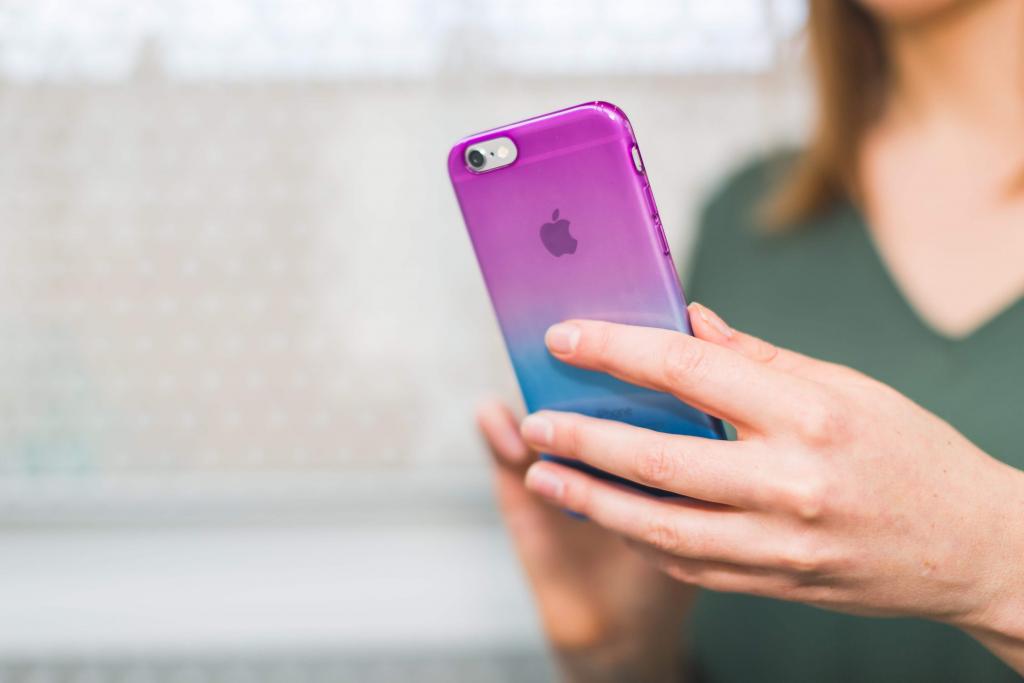
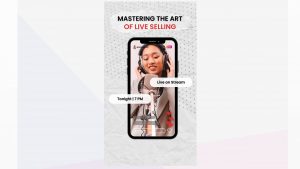
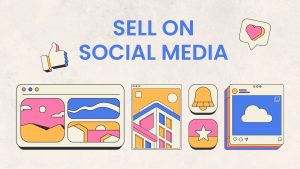
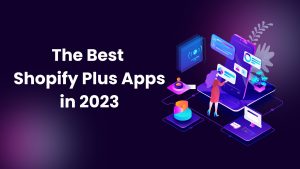
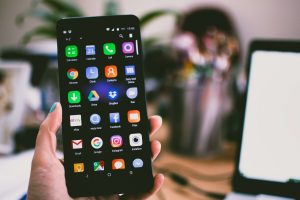
Share Your Views!